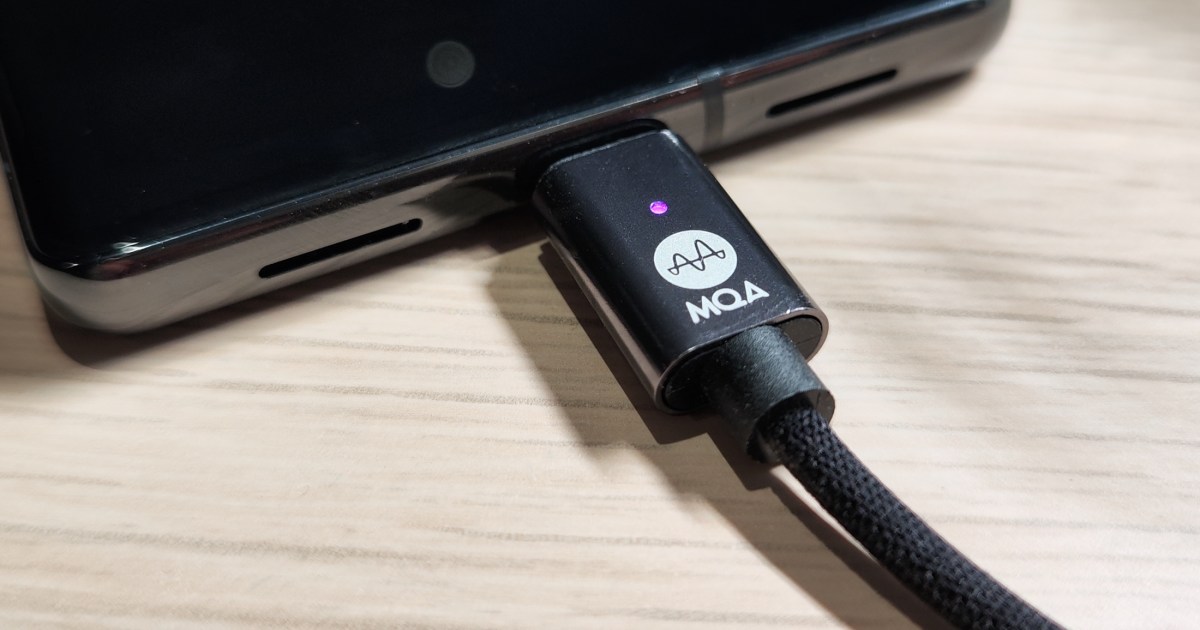dsnyder0cnn
Addicted to Fun and Learning
- Joined
- Dec 14, 2019
- Messages
- 585
- Likes
- 872
I always like to spend a few weeks listening to a new DAC before taking measurements so that my subjective impressions are not swayed by objective data. After playing with the seven filter settings, I settled on FL3 as sounding the most "right" to my ears. I finally got around to taking some measurements today to see what's what.
TL; DR - avoid filters FL1 and FL6 because of distortion at ~14 kHz and excessive attenuation in the highs. FL3 and FL7 are the most useful. Choose FL3 for most listening, but FL7 may be beneficial with some music, depending on your tastes.
F2 is the default filter. Here's what I see for Amplitude and Impulse response, and Distortion.

You'll have to mentally compensate for the inverted horseshoe shared amplitude response. I don't have a great way to compensate for the ADC response of my Focusrite Scarlett 2i2 audio interface, and the vertical scale is only 1 dB, so pretend that this is flat.
Impulse response shows extended pre-ringing ripples and exaggerated post-ringing with this filter. No obvious issues with distortion.
With the FL1 and FL6 filters, I'm seeing early attenuation in the high frequencies and a sharp increase in 2nd order distortion at around 14 kHz:

I'm not sure how audible this is, but I would avoid FL1 and FL6 for this reason.
After looking at response of all seven filters, FL3 and FL7 are the most useful. FL3 has a little more pre-ringing than I would like, but it's under 5% from -500 to -140 microseconds and zero before -500 microseconds.

In contrast, FL7 has more extended pre-ringing ripples, although very low in level. It also has a much longer and more exaggerated post-ringing, which can be a useful effect with some music.
The default FL2 and FL7 have virtually identical amplitude and impulse response, but FL7 had lower distortion in my measurements. YMMV.

I may do some sampling rate comparisons to see if there's a rate that works best with the D-6s. So far, I've not seen much difference, though. In particular, impulse response for 44.1 and 48 kHz look virtually identical. That's not been the case with all ESS DACs I've measured.
Edit: there's a slight time-domain benefit to upsampling 44.1 kHz to 88.2 and 48 kHz to 96 kHz.

If you're using Roon, you can use Sample rate conversion to do this easily enough. No need to bother with frequencies above 96 kHz.

TL; DR - avoid filters FL1 and FL6 because of distortion at ~14 kHz and excessive attenuation in the highs. FL3 and FL7 are the most useful. Choose FL3 for most listening, but FL7 may be beneficial with some music, depending on your tastes.
F2 is the default filter. Here's what I see for Amplitude and Impulse response, and Distortion.
You'll have to mentally compensate for the inverted horseshoe shared amplitude response. I don't have a great way to compensate for the ADC response of my Focusrite Scarlett 2i2 audio interface, and the vertical scale is only 1 dB, so pretend that this is flat.
Impulse response shows extended pre-ringing ripples and exaggerated post-ringing with this filter. No obvious issues with distortion.
With the FL1 and FL6 filters, I'm seeing early attenuation in the high frequencies and a sharp increase in 2nd order distortion at around 14 kHz:
I'm not sure how audible this is, but I would avoid FL1 and FL6 for this reason.
After looking at response of all seven filters, FL3 and FL7 are the most useful. FL3 has a little more pre-ringing than I would like, but it's under 5% from -500 to -140 microseconds and zero before -500 microseconds.
In contrast, FL7 has more extended pre-ringing ripples, although very low in level. It also has a much longer and more exaggerated post-ringing, which can be a useful effect with some music.
The default FL2 and FL7 have virtually identical amplitude and impulse response, but FL7 had lower distortion in my measurements. YMMV.
I may do some sampling rate comparisons to see if there's a rate that works best with the D-6s. So far, I've not seen much difference, though. In particular, impulse response for 44.1 and 48 kHz look virtually identical. That's not been the case with all ESS DACs I've measured.
Edit: there's a slight time-domain benefit to upsampling 44.1 kHz to 88.2 and 48 kHz to 96 kHz.
If you're using Roon, you can use Sample rate conversion to do this easily enough. No need to bother with frequencies above 96 kHz.
Last edited:



